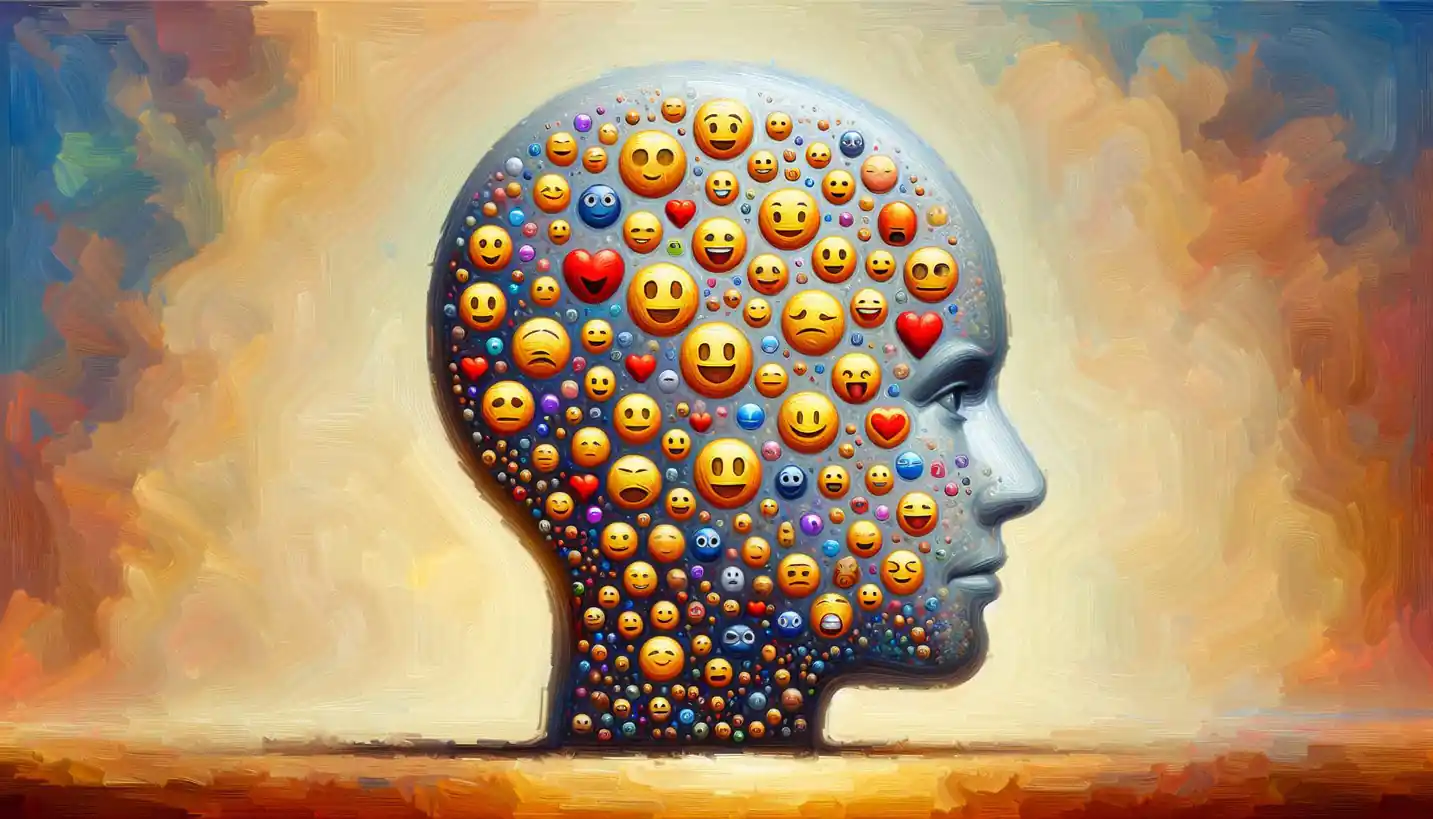· Psychology · 4 min read
Collectivism: Understanding the Heart of Cultural Psychology
Collectivism emphasizes social harmony and group goals. Learn how cultural psychology delves into this community-focused mindset.

When your friend lends you a hand without a second thought, or when family gatherings are a regular ritual in your culture, there’s a concept at play called collectivism. This fascinating idea in cultural psychology can shed light on how societies function and thrive together.
What is Collectivism?
Collectivism is the notion that the group’s needs and goals take precedence over individual desires. It’s like viewing society as a big, interconnected web where everyone’s well-being is intertwined. This contrasts sharply with individualism, where personal goals and independence are the main focus.
Imagine you’re in a sports team. In a collectivist setting, the success of the team is far more important than individual accolades. The mindset is about “we” rather than “I.” In cultures that emphasize collectivism, harmony, family ties, and community are fundamental.
The Roots of Collectivism
Collectivism is deeply rooted in various cultures around the globe. Picture ancient societies where survival depended on working together. Sharing resources and responsibilities was essential for the group’s survival. This led to cultural norms where cooperation and collective decision-making became highly valued.
In today’s world, collectivism is most evident in countries like Japan, China, and many Latin American cultures. In Japan, for instance, the concept of “wa” or harmony is pivotal. The idea is to maintain harmony within the group even at the cost of individual desires.
A Walk Through Cultural Psychology
Cultural psychology dives into how cultural practices shape psychological processes. It asks, why do people in collectivist cultures act the way they do? The answer lies in the environment, values, and norms that shape an individual’s mind from birth.
Take greeting rituals. In collectivist cultures, they are often about showing respect and acknowledging the other person’s role in your life. It’s not just a simple “hi”; it’s a gesture, a bow, or an embrace that speaks volumes about the connection shared.
Benefits of Collectivism
Collectivism offers a treasure trove of benefits for individuals and societies. One major perk is social support. Being part of a close-knit community means you have a safety net. If you fall, there’s always someone there to catch you.
This social fabric extends to workplaces too. Teamwork becomes ingrained in the culture, fostering collaboration and shared success. People in collectivist cultures often report higher levels of job satisfaction because of these strong interpersonal bonds.
Moreover, collectivism can lead to less stress. Knowing you’re supported and surrounded by a caring community can provide unparalleled peace of mind.
The Flip Side of Collectivism
Of course, collectivism isn’t without its drawbacks. Sometimes, the individual’s voice can be lost. Imagine feeling pressured to conform to the group’s desires, even if they clash with your own beliefs. This can lead to internal conflict or a sense of losing one’s identity.
In some cases, people might refrain from pursuing personal ambitions to avoid disrupting the group’s harmony. This sacrifice can sometimes stifle innovation or personal growth.
Collectivism and Modern Society
In today’s fast-paced world, the dynamics between individualism and collectivism are constantly evolving. Technology connects people globally, blending different cultural values. Social media platforms, for instance, create spaces where individual expression coexists with collective experiences.
Interestingly, major global events like pandemics can amplify collectivist behaviors. People naturally start thinking about the community’s health and well-being over personal convenience. It’s a beautiful reminder of how deeply rooted these values can be.
The Science Behind Collectivism
The psychological impact of collectivism is fascinating. Research shows that individuals from collectivist cultures tend to process information differently. They focus more on contextual details and the relationships between objects or people, contrary to those from individualist cultures who might concentrate on specific attributes.
Emotions are experienced through a social lens as well. Happiness in collectivist cultures is often derived from connecting with others and contributing to the group’s welfare. It’s about togetherness and shared joy.
Future Research Directions
Scientists and psychologists are continuously exploring how collectivism impacts mental health. Does it make communities more resilient in times of crisis? How do collectivist and individualist values influence conflict resolution?
Moreover, understanding the dynamic between collectivism and technology is an exciting frontier. As digital platforms create global communities, how do these spaces adapt or clash with traditional collectivist values?
Why Understanding Collectivism Matters
Grasping the concept of collectivism is crucial, especially in an increasingly interconnected world. It helps us appreciate the underlying values driving behaviors and interactions across cultures. Recognizing these differences makes way for greater empathy and cooperation.
In the end, the beauty of collectivism lies in its reflection of humanity’s innate desire for connection. It’s a testament to how, despite our diverse backgrounds, the longing for belonging and community remains universal. Cultivating this understanding can lead to richer, more fulfilling interactions with those around us.
By exploring collectivism, we unlock a door to understanding what it means to live not just as individuals, but as part of a bigger, collective human story.



